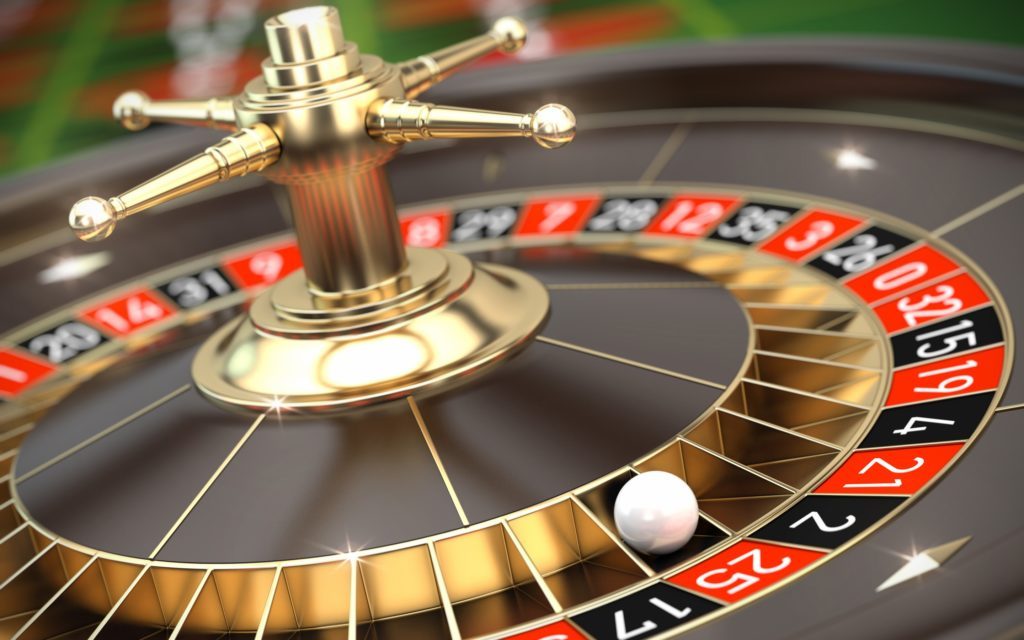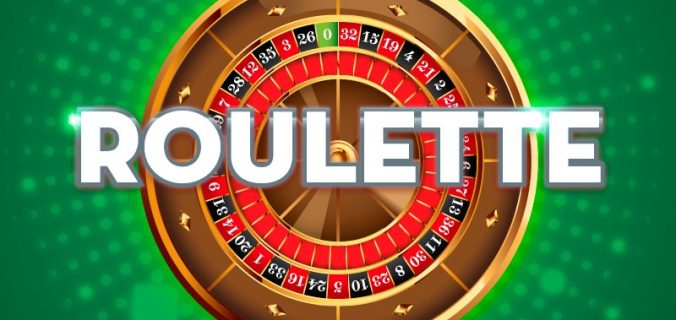Roulette is a glamorous game long associated with the casinos at Monte Carlo. There are competing stories about the origin of Roulette. Some avow that the game was created by the 17th-century French mathematician Blaise Pascal. Others claim its invention by the Chinese, from whom it was transmitted to France by Dominican monks. Whatever its antecedents, the game is now is offered in virtually every gambling casino in Europe, North and South America, Asia, and Africa.
Roulette, which means “small wheel” in French, is played by spinning a small ivory ball on a round wheel with thirty-eight numbered slots. When the wheel stops, the ball comes to rest in one of these slots. The object of Roulette is to correctly predict the slot in which the ball will land. By predicting the right number, you earn a payoff on your bet. The size of the payoff depends on the amount and type of bet that was placed.
The Roulette table is composed of two sections, the wheel itself and the betting layout, better known as the Roulette layout. Heading the layout design is a space containing the figures 0 and 00. The main portion of the design is composed of 36 consecutively numbered rectangular spaces, colored red and black alternately, arranged in three columns of 12 spaces each, and beginning with 1 at the top and concluding with 36 at the bottom.
Located directly below the numbers are three spaces marked 2 to 1. Along one side of the columns are rectangular spaces marked 1st 12, 2nd 12 and 3rd 12. Further outside are spaces labeled 1 to 18, 19 to 36, Odd, Even, and two diamonds colored Red and Black. Each space, individually or in combination with other spaces, represents a possible wager.
The Roulette wheel, has 38 small compartments, called canoes, divided by partitions called frets. The compartments correspond to the numbered spaces on the table layout. Pairs of odd numbers are alternated with pairs of even numbers and individual spaces alternate between black and red. The two zeros are green in color and are placed at opposite ends of the wheel.

The wheel is set into motion by the Roulette dealer, called the croupier, and a small ivory ball is sent spinning in the opposite direction around the inside rim of the wheel. As the ball and the wheel begin to slow, eventually the ball comes to rest in one of the 38 canoes and represents the winning number.
You begin by placing your wager(s) on the table. You can place as many different bets, and as many different types of bets as you want for each spin of the wheel, as long as your bets do not exceed the table limit.
The following is a list of the wager types in Roulette.
- Inside Bets
- Outside Bets
- Straight Up
- Even or Odd
- Split Bet
- Red or Black
- Street Bet
- High or Low
- Corner Bet
- Dozens Bet
- 5 Bet
- Column Bet
- Line Bet
See Roulette Wager Types for details on each of these wagers.

After placing your wagers, the Roulette wheel is then spun and the ball sent spinning in the opposite direction. When the ball comes to rest in one of the small compartments on the wheel, it marks the winning number (or a 0 or 00), and the winning color. The winning number will be noted on the table with a marker.
All losing wagers are immediately removed, then all winning wagers are paid according to the house odds.

